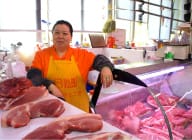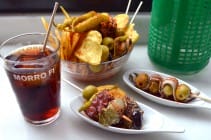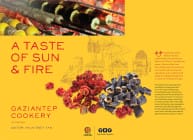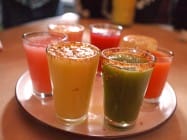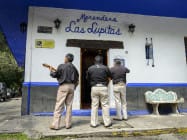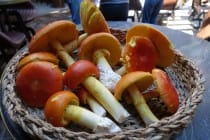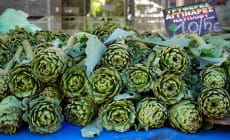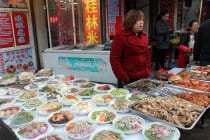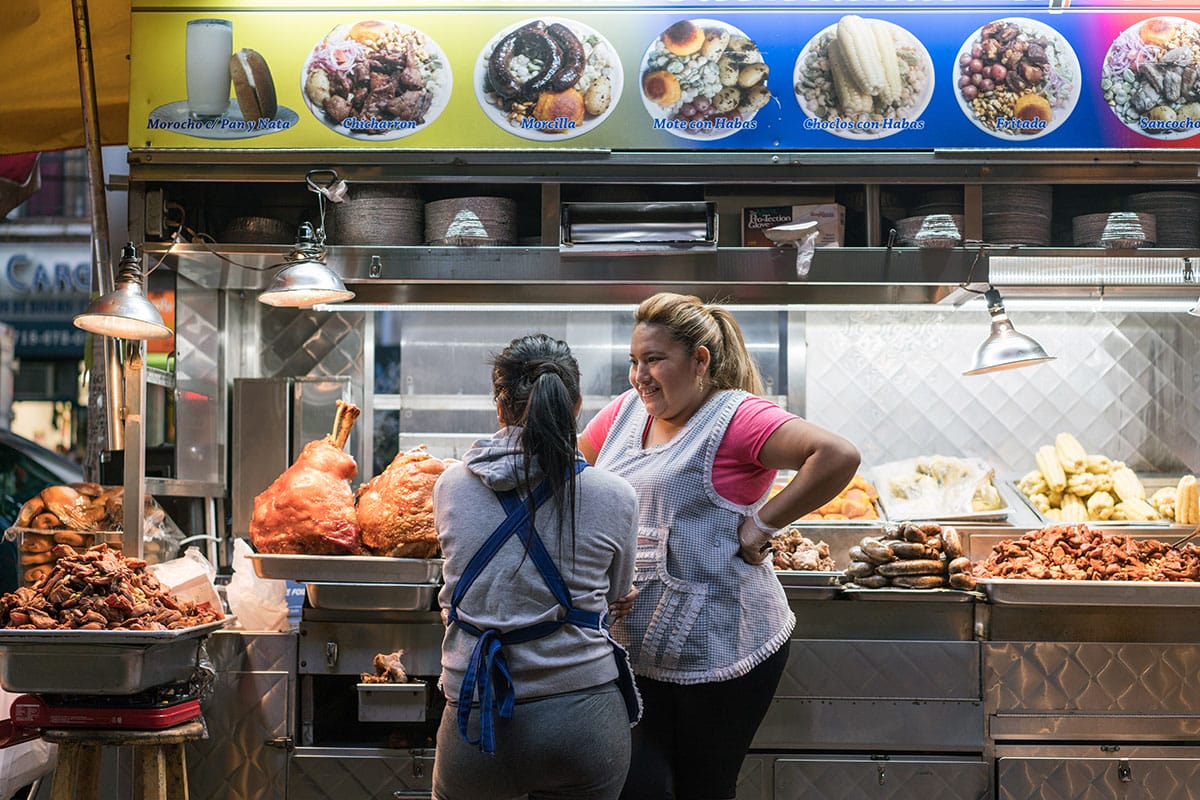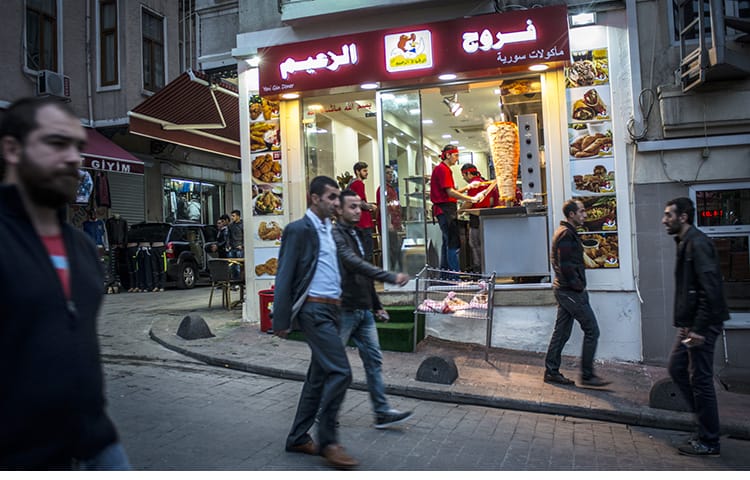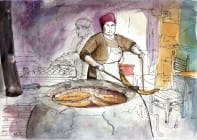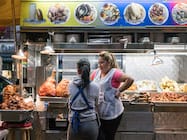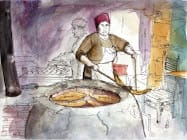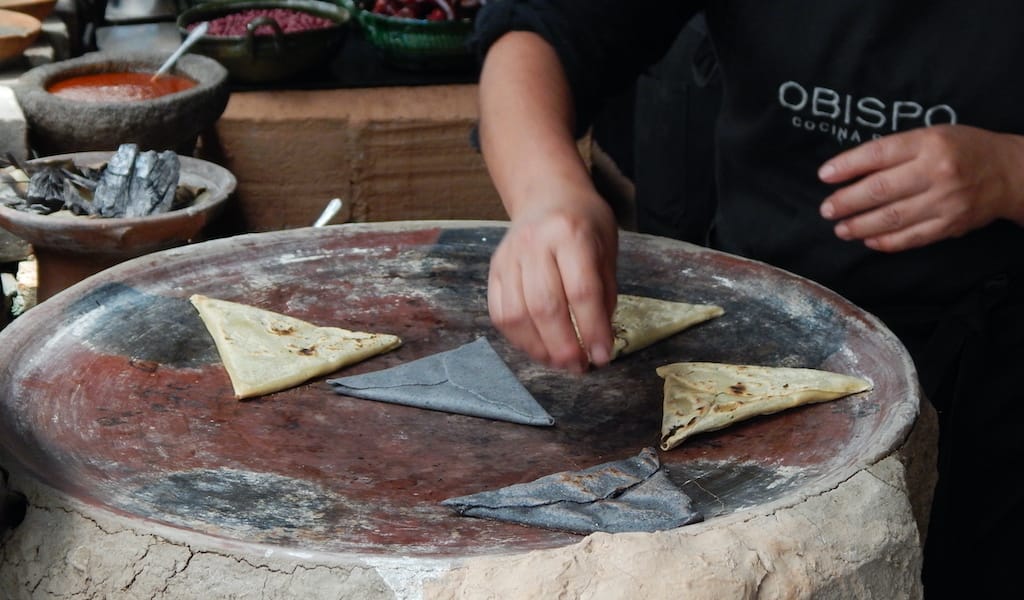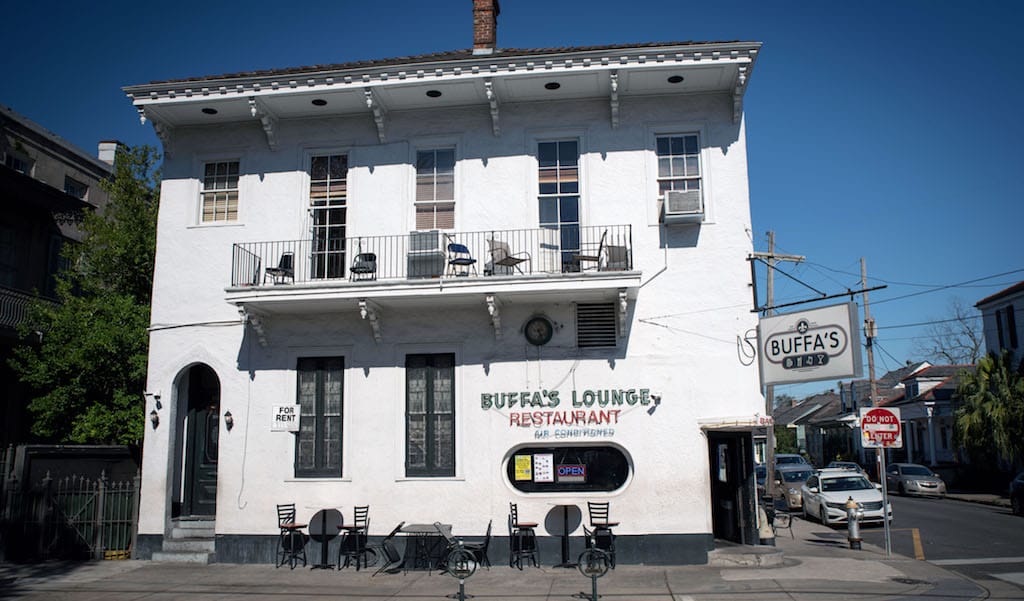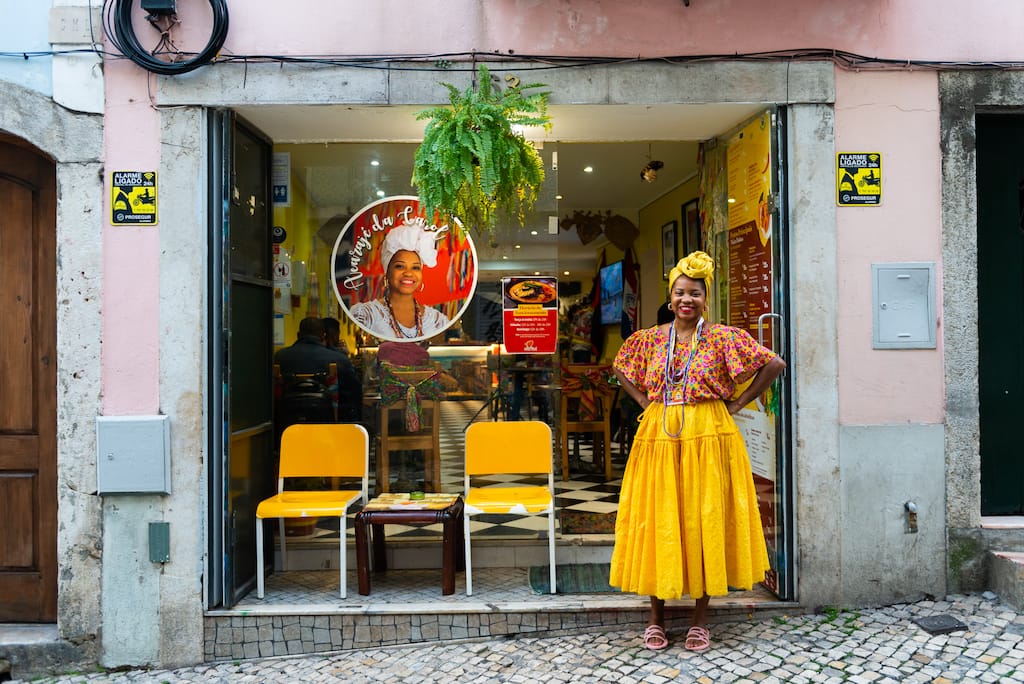Throughout Mexico, both foods and drinks are centered around corn, a tendency that’s most evident in Mexico’s wide variety of antojitos, or “little cravings.” Small, portable snacks featuring some variation on the corn tortilla – of which the taco is undoubtedly the most well-known globally – antojitos are one of the joys of Mexican cuisine, and vary impressively across the country’s 32 states.
In the southwestern state of Oaxaca, there’s no shortage of delicious antojitos – at breakfast, soft, steaming tamales wrapped in the region’s abundant banana leaves are the name of the game, while night owls have ample opportunity to crunch into a tlayuda, a giant tortilla folded over lots of shredded, mozzarella-like quesillo cheese, then griddled over hot coals until crispy on the outside and molten on the inside. And if you’re blessed with a stroke of luck, you’ll get the chance to sample tetelas, a hyper-local, tri-cornered antojito hailing from Oaxaca’s westernmost region of the Mixteca.
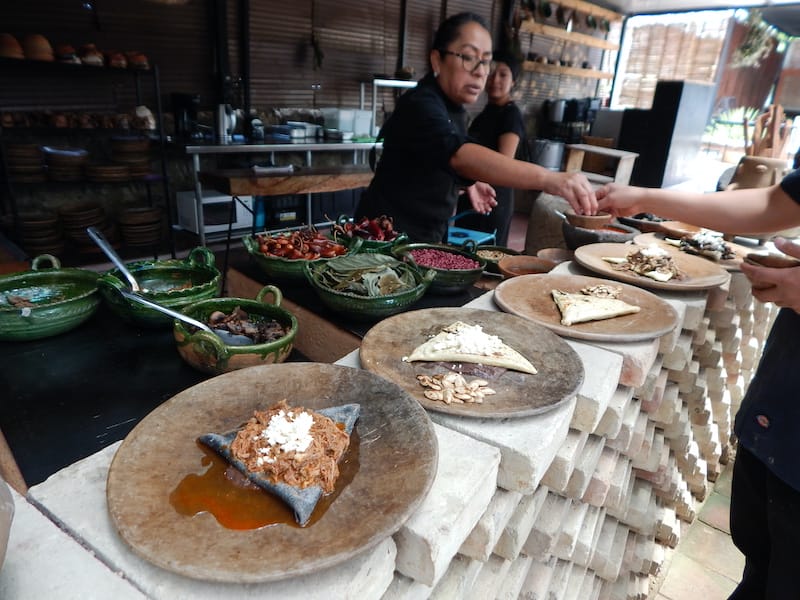
Oaxacan food is known across Mexico for its freshness and quality, and within the state, serious eaters sing the praises of Mixtecan food in particular. A rocky farming region boasting rich, high-quality soil, the Mixteca produces corn, beans, fava beans, and squash, and the geography also lends itself to a longstanding tradition of raising goats and sheep. The animals find their way into the region’s delicious, juicy, long-stewed barbacoa, while the corn and beans form the base of those tetelas. And at Obispo Cocina Rural in Oaxaca’s peaceful San Felipe neighborhood, these two Mixtecan traditions come together on one plate.
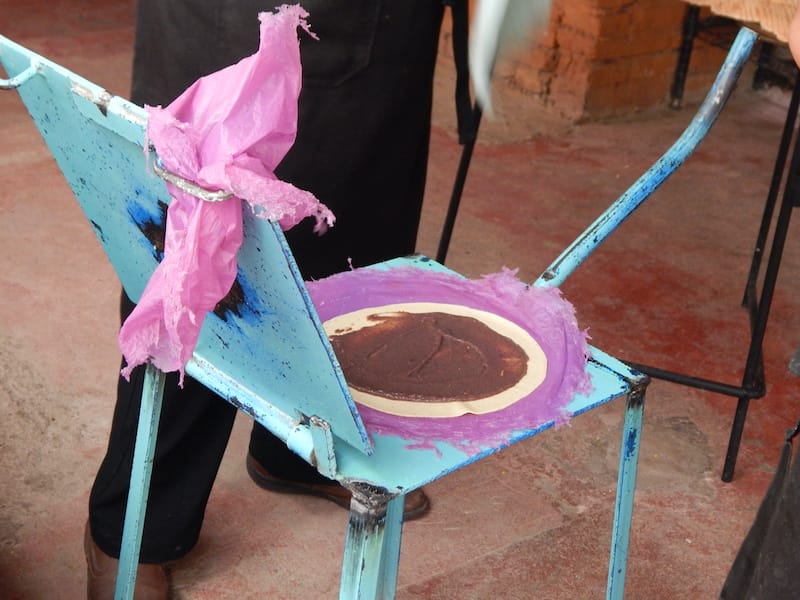
“It’s a wonderful combination,” Uveira Cruz Soriano, 54, says, referring to two things: first, the composition of her food-fanatic family, with Soriano hailing from the city of Huajuapan in the Mixteca Baja, or low Mixteca, and her husband, Anibal Ortiz Zanabria, 54, born and raised 50 miles southeast in Nochixtlan in the Mixteca Alta, or high Mixteca. With the Mixteca Baja being the proud birthplace and home of the tetela, and the Mixteca Alta—terms that refer to the areas’ respective altitudes—being widely known for its moist, steaming barbacoa, Soriano’s point is also proved by gesturing towards the plate she’s about to hand to us: a crisp, triangular tetela fresh from the comal griddle, served here at Obispo with a generous portion of tender, meaty barbacoa.
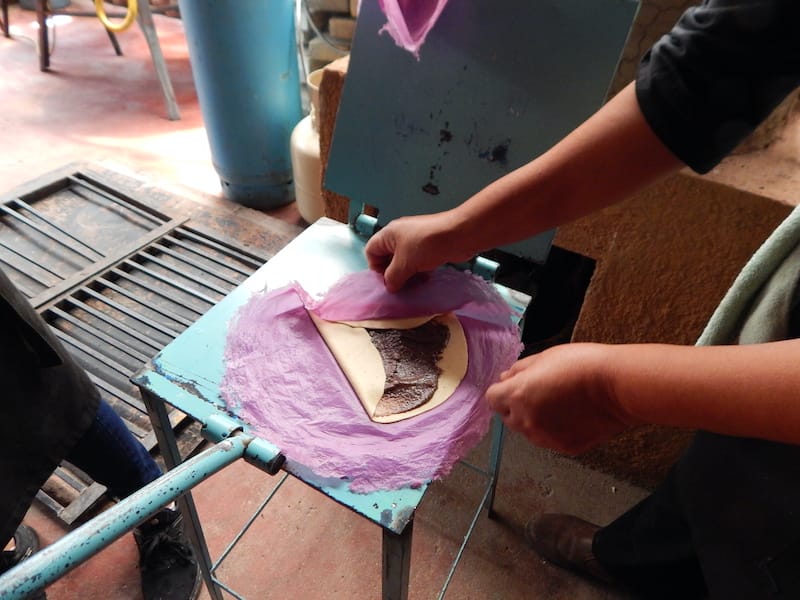
A family affair through and through, Soriano runs the restaurant’s kitchen alongside her daughter, Otussy Ortiz Cruz, 25. Omar Ortiz Cruz, 27, one of Soriano’s sons, manages Obispo, while Zanabria is the restaurant’s head barbacoyero, or barbacoa-maker. Jesús “Chucho” Ortiz Cruz, 33, another one of the couple’s children – an industrial designer well known in Oaxaca for his craft mezcal project Archivo Maguey – designed the informal, open-kitchen eatery sprawled across an expansive outdoor patio, and other family members involved include additional siblings and their spouses.
As Omar recounts, this all-hands-on-deck approach to sharing the family’s deep love of Mixtecan cuisine got its start back in Mexico’s capital, Mexico City, back in 2014. Having recently established his craft mezcal brand focusing on Mixtecan magueys, Chucho began making the rounds of the city’s design and gastronomy fairs selling his product; family members decided to accompany him to provide an accompanying nosh: the Mixtecan tlayuda.
“Everything started with the tlayudas,” Omar recalls.
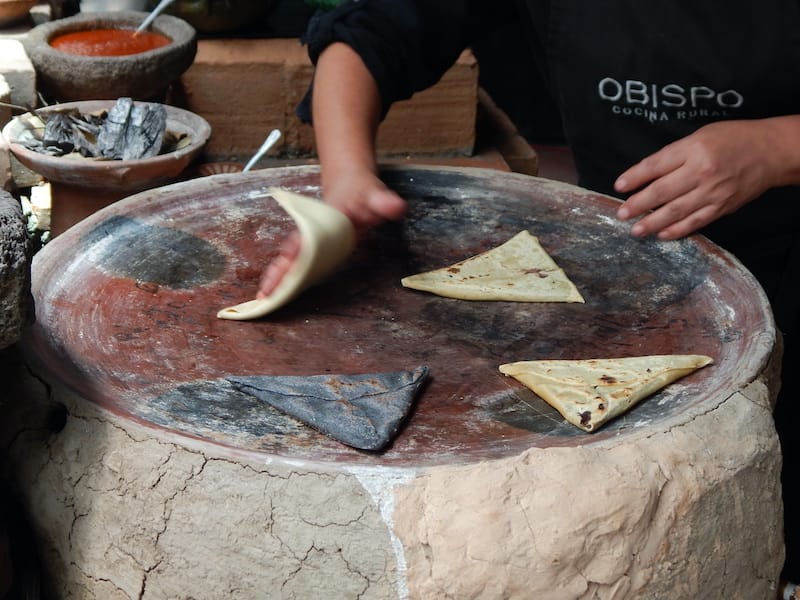
As previously described, Oaxacan tlayudas typically feature a giant, round tortilla which is sprinkled with shredded quesillo on one side, folded over to create a half-moon, and then griddled until crisp. But Mixtecan tlayudas have their own flair, Omar tells us: even bigger than Oaxaca City tlayudas, the Mixtecan type are served open-faced – “like a pizza” – and heaped with add-ons that go above and beyond the dish’s typical bean paste and shredded cabbage options. “Cecina enchilada” – that’s spiced, thinly sliced pork loin – “chorizo sausage, shredded chicken, hard-boiled egg – these are all common Mixtecan tlayuda toppings.”
Having hit its stride as a family united in the promotion of Mixtecan spirits and snacks, the family started making its way back to Oaxaca in waves, beginning in 2016. After casting around for an idea for a brick-and-mortar restaurant, in 2018, Omar says, the idea to open a spot dedicated to the family’s mixed Mixtecan heritage – one serving both the Mixteca Alta’s barbacoa and the Mixteca Baja’s tetelas – was born. In 2021, Obispo Cocina Rural opened its doors.
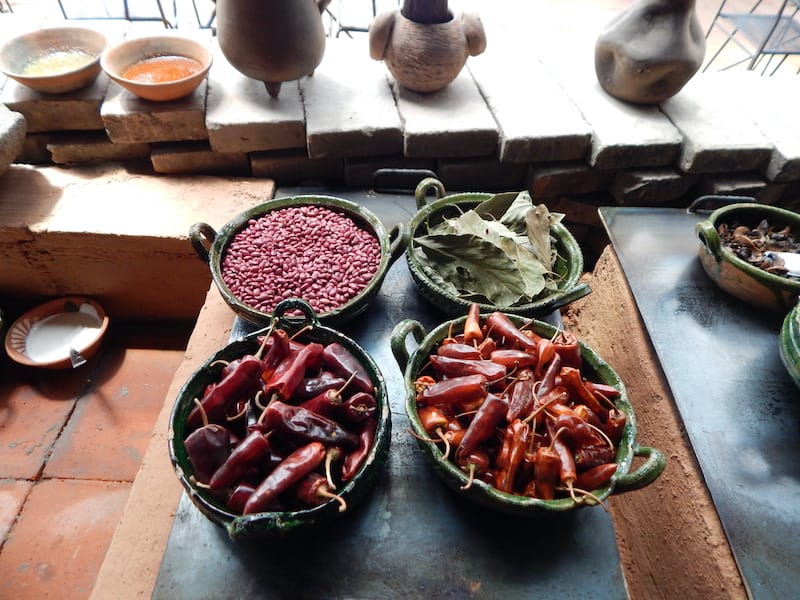
Having grown up in Huajuapan in the Mixteca Baja, Omar’s mother Uveira Soriano is a bonafide expert in crafting the city’s number-one street food, the tetela. Pressing out a round, blue corn tortilla, Soriano deftly spreads it with bean paste and folds the circle into a triangle as she speaks to the snack’s popularity in its hometown. “We eat them for breakfast. We eat them for lunch. We eat them for dinner, and we eat them late at night,” she says.
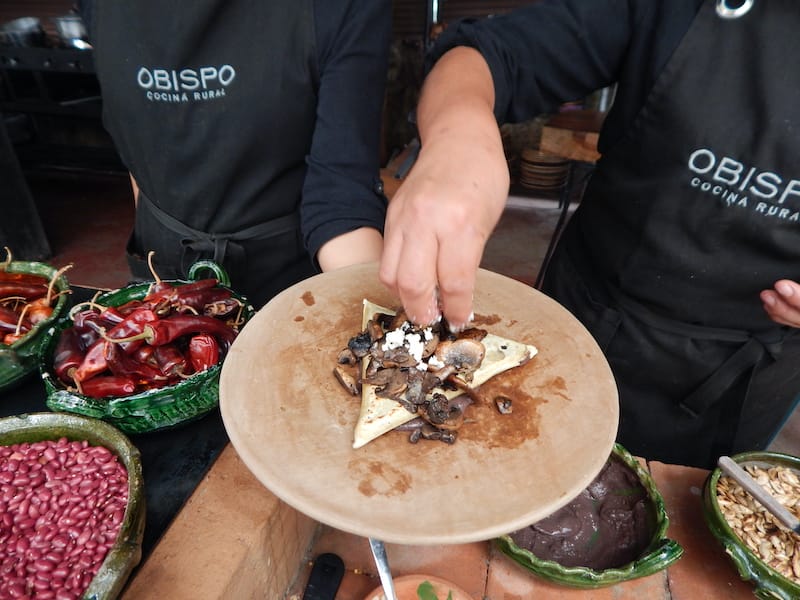
Referred to as a memela de frijol in the Mixteca – the name “tetela” being used to distinguish the snack outside of its Mixtecan homelands – the tetela is one of countless examples of Mexican foods uniting corn and beans, which, of course, grow side-by-side in the ancient system of cooperative farming known as the milpa. To make one, a corn tortilla is swiped with a layer of red bean purée flavored with fragrant avocado leaves and moderately spicy red Costeño chiles. Each side is then folded inward, creating a neat triangle, and the tetela is griddled on the comal until burnished and warm. On the streets of Huajuapan, vendors will then deftly slice into the tetela and add a crumble of queso fresco, a drizzle of rich, sour cream-like crema, and some salsa for additional spice, then serve the antojito with the traditional accompaniment of a handful of toasted pumpkin seeds. Here at Obispo, the tetelas are plated with the additional ingredients piled on top.
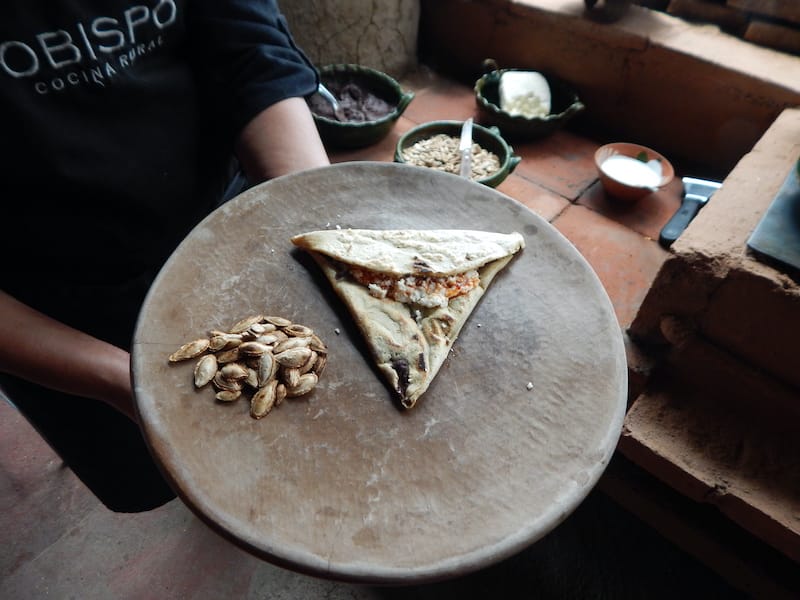
In addition to the tetela sencilla – “simple tetela” – described above, the bean-filled triangles are also available mounded with the restaurant’s excellent Mixtecan barbacoa, made from free-range mutton that’s seasoned simply with unrefined salt and cooked underground in a traditional hot stone-lined oven for 8-10 hours until meltingly tender. The birria tetela boasts a crown of Jalisco-style adobo-marinated-then-stewed mutton, while the vegetariana comes with a tangle of sautéed mushrooms or, occasionally, one of the wide-ranging wild greens known collectively as quelites. With regards to the snack’s versatility, Soriano remarks, “it’s extremely varied” – and, as in any standout dish, “the ingredients are very, very important.”
Reflecting on the mix of High and Low Mixtecan traditions spotlighted on Obispo’s plates, Soriano says, “We really are lucky. Mixtecan food is considered one of the jewels in the crown of Mexican cuisine.” And the breadth of Oaxacan flavors available to the family keeps expanding with every generation: Chucho’s wife Dulce Garcia, 26, the restaurant’s head waitress, hails from the Valles Centrales region of Oaxaca – and brings to the table a whole other important culinary tradition. “My grandchildren are even luckier than we are,” Soriano says with a smile.
Lauren RothmanLauren Rothman
Published on September 15, 2023
Related stories
June 27, 2024
New Orleans | By James Cullen
New OrleansWe all have that friend. A friend we should probably call more often. One who is always there for us, but we don’t see often enough. A friend who we can pick up where we left off with, no matter how much time has elapsed between conversations. A friend whose company always leaves you satisfied…
June 21, 2024
LisbonIt’s a bit of culinary magic. Plain old black-eyed peas are transformed into a fluffy white cloud, before somehow changing once again, this time into a crimson, crispy fritter. This is acarajé, and as a dish with origins in Bahia, the homeland of Afro-Brazilian spirituality, other types of magic can also play a role. In…
June 18, 2024
OaxacaIt is 6:30 pm – the workday of most of the taco, quesadilla and memela vendors in the city is over, but “The Artist’s” shift has just begun. Every day, as the dusk light bathes the streets, 34-year-old Caleb Santiago sets up his food cart right below the centuries-old clock that overlooks the corner of…
















